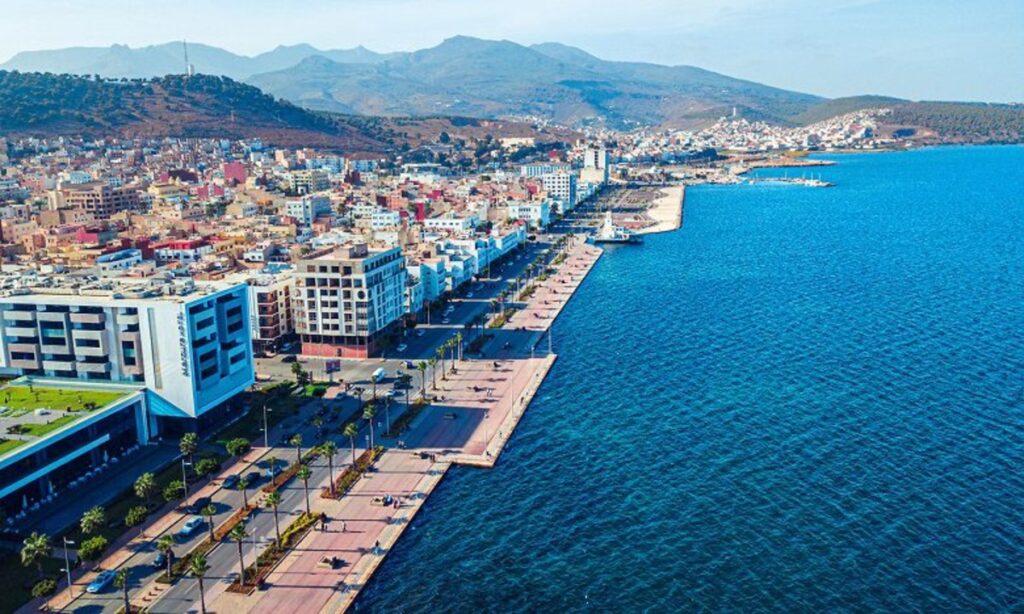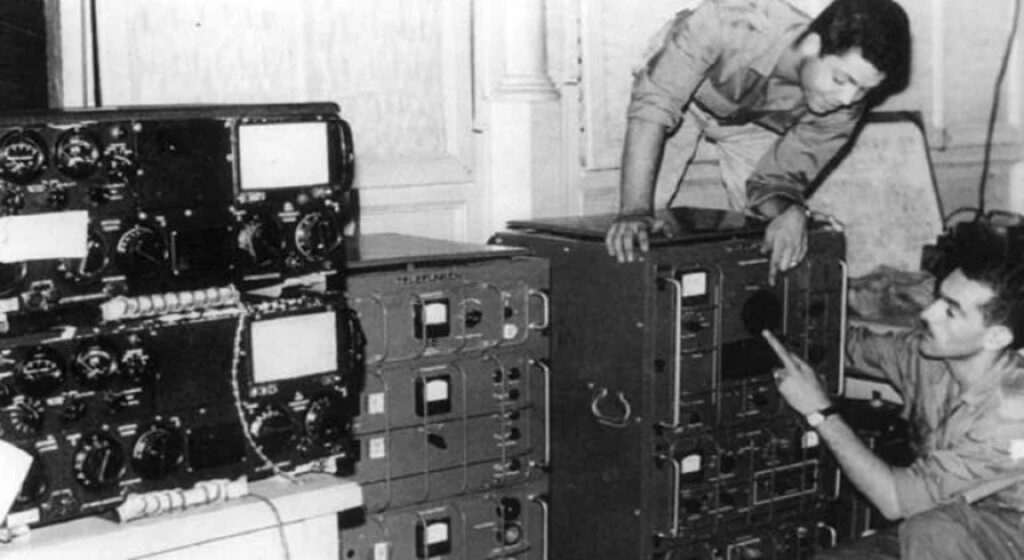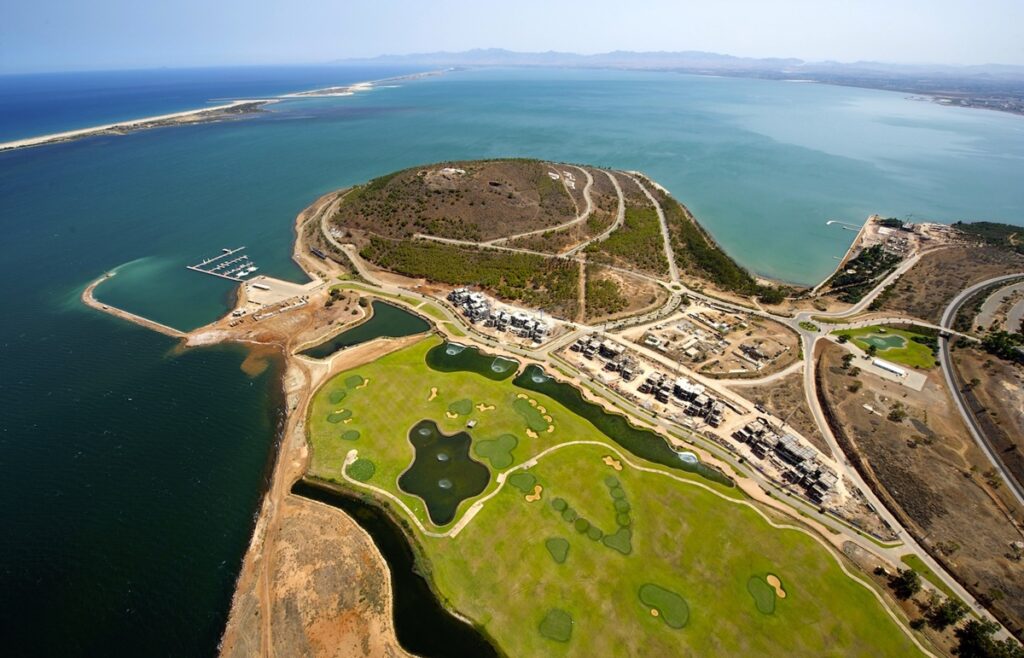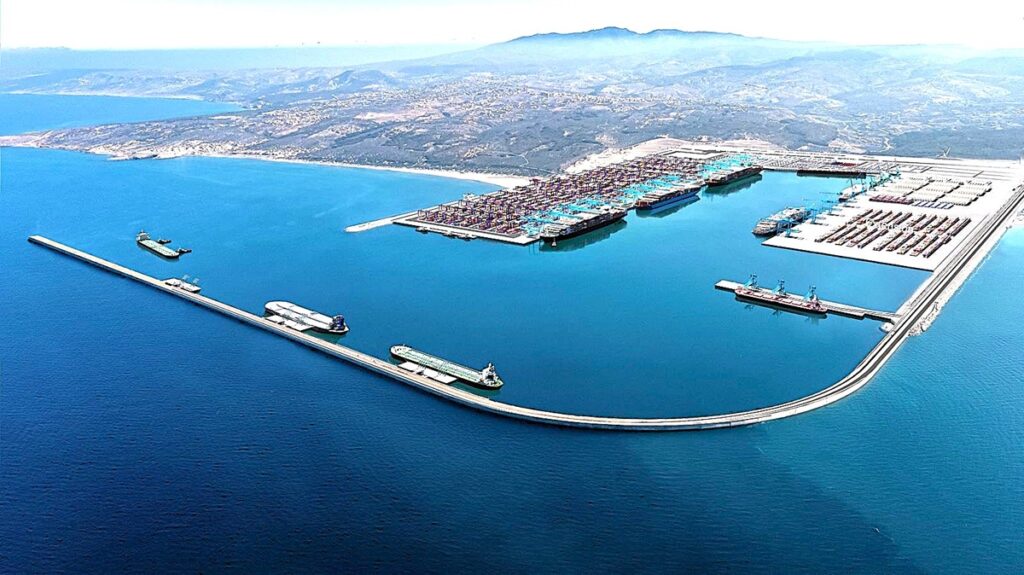Nador: “The City of Light”... From a symbol of struggle to an icon of the economy!

The city of Nador is located in northeastern Morocco, overlooking the Mediterranean Sea and the Marchica Lake. It is surrounded by a diverse terrain that combines coastal plains and mountains, most notably the Gourougou Mountains. The city's population is approximately 180,000, while the population of the Nador Province exceeds 858,000. The city is a major economic center, relying on trade and activities linked to the Moroccan community in Europe, combining the authenticity of the past, the beauty of the present, and a vision for the future. It is not just a coastal city; it is a story of struggle and renewal, the story of its people who have persevered in the face of challenges and succeeded in building a vibrant city worthy of being Morocco's showcase on the Mediterranean. It is a city that tells the story of a nation and heralds a bright future. Historians believe that the name Nador originates from an ancient Amazigh tribe called Ait Nador. Another belief is that the name comes from its role as a base for monitoring the Spanish occupiers during the Rif War, as the word "Nador" in Arabic means "observatory" or "watchpoint." After independence, King Mohammed V called it the “City of Light.”
The Nador region mainly includes a number of large Amazigh tribes, the most prominent of which are:
* Qalaa tribe: one of the largest tribes in the Rif, and it has branches such as Mazouja, Ait Chikar, Ait Siddal, and Ait Bouifrour.
* Kabdana tribe: located in the northwest of the region.
* Beni Bouyahi tribe: one of the largest Amazigh tribes in the region
From ancient history to the steadfastness of our ancestors
The city's history dates back to ancient times, when it was inhabited by Amazigh people and influenced by numerous civilizations, such as the Phoenicians and Romans. However, its prominent role began during the Spanish Protectorate, when it transformed from a small village into an administrative and military center. The region witnessed important historical events, most notably the Rif War led by the Mujahid Muhammad ibn Abd al-Karim al-Khattabi, with Nador and its tribes being an integral part of this resistance. Among its figures who contributed to the fight against colonialism were Sharif Muhammad Amzian and Muhammad Buhout al-Bouifrouri.
In addition to its resistance to Spanish colonialism, Nador played a pivotal role in supporting the Algerian revolution against French colonialism. The city and the surrounding border region served as a rear base for the Algerian Liberation Army. The people of Nador provided material and military support to the Algerian mujahideen, providing them with safe havens and training and planning centers. Figures such as Mohand El Khedhir El Hamouti are symbols of this support, as he made his home a meeting place for the leaders of the revolution. Historians assert that this support was not merely a political decision, but rather stemmed from the shared destiny of the two brotherly peoples in the face of colonialism. The secret radio station, established on December 16, 1956, constituted one of the most prominent areas of resistance to colonialism.

The Algerian Radio website indicates that the secret radio was established by order of the Communications Command of the Liberation Army, headed by Intelligence Chief Abdelhafid Boussouf, who was then Commander of the Fifth District. The secret radio station initially broadcast from the city of Nador, before beginning to move across the border between Morocco and Algeria. The broadcast center was a mobile truck to avoid detection by colonial intelligence and spies, with broadcasting times limited to no more than two hours (from 8 p.m. to 10 p.m.), making it difficult to monitor.
Nador Today: A Vibrant Tourist Oasis

Today, Nador has transformed into an attractive tourist destination that combines the charm of nature, the beauty of beaches, and the vibrancy of modern cities. Lago Marchica, also known as the "Blue Lagoon," is the city's jewel and a symbol of its rejuvenation. This unique natural site, one of the largest coastal lagoons in the Mediterranean, has undergone a massive rehabilitation project, transforming it into an integrated tourist resort featuring luxury hotels, modern cafes, and entertainment facilities, making it a destination for tourists from both Morocco and abroad. You can stroll along the lake's promenade or enjoy a delicious meal at one of its restaurants overlooking the water.
A Promising Future: Morocco's Gateway to the World

Because Nador doesn't just look back, but confidently looks to the future, its largest project today is the Nador West Med Port. This port, expected to be one of the largest in the region, will transform the city into a major economic and commercial gateway linking Europe and Africa. The port will be a major logistics center, attracting global shipping companies and boosting Morocco's exports and imports.
Nador will also be connected to the railway and highway network, strengthening its position as a vital logistics hub and facilitating the movement of goods and people. This massive project will create thousands of jobs, attract more investment, and position Nador as a driver of development in the region.
In short, Nador is not just a coastal city; it is an ancient city with a rich history of resistance and struggle. Its unique geographical location and diverse terrain made it a major economic center, while its men and their heroism in the face of colonialism, along with its role in supporting the Algerian Revolution, have given it a special historical place in the memory of Morocco and Algeria.





